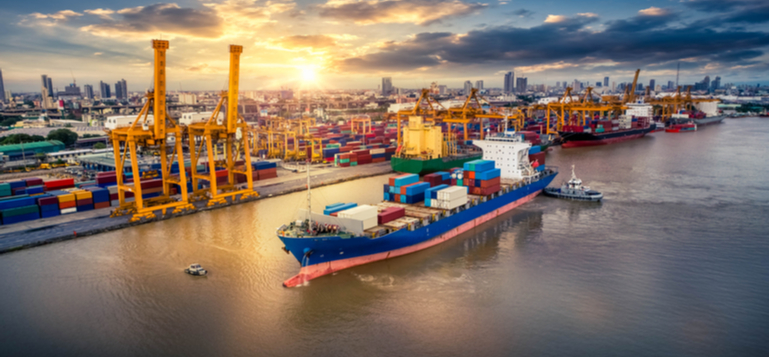2020 was yet another year full of unprecedented challenges, escalating political tensions and continued volatility.
The long-standing rivalry between the US and China sits at the forefront of these challenges. In addition to the increasingly complex geopolitical environment, the COVID-19 pandemic has already shown an unprecedented disruption to supply chains and manufacturing in the short term.
But will trade tensions and the pandemic have long-term implications on supply-chain sustainability? What impact will this have on trade in the next decade? Our blog breaks down the top 4 trends to keep an eye on in the 2020 global trade environment.
1. The Rise in Protectionism
As free trade moves out, protectionism steps in; the actions of the US and China in an escalating trade war has incentivised other nations to pursue protectionist agendas. The World Trade Organisation’s (WTO) Trade Monitoring Report has found that import restrictions rose from 0.7% in 2009 to 8.8% in 2018 and is expected to continue on this trajectory in the coming years.
In fact, one of the most populous countries, India, is moving towards greater protectionism and self-reliance. One of Narendra Modi’s first policies when he came into office in 2014, was ‘Make in India’; a scheme that pushes protectionism. The Indian government aims to create national champions in both the public and private sectors by providing them with support against foreign rivals.
Apart from geopolitical tensions, the pandemic also continues to drive this trend of increased protectionism. During the early days of the pandemic, there were increased concerns surrounding the supply security of crucial medical equipment and pharmaceuticals. To prevent scarcity of these supplies, both the EU and India responded with export restrictions.
2. Localisation of Production
With the rise of protectionism, escalating tariff wars and supply chain disruptions caused by the COVID-19 pandemic comes a new era of localisation of production. An increasing number of businesses are looking for ways to bring manufacturing closer to consumers to sidestep these challenges. Many have moved some of their production out of China to Mexico and other low-cost labour centres in Asia. In 2019, Mexico gained US$13 billion in US business from China alone. In 2019, US$31 billion of US imports started coming from other manufacturing centres in Asia instead of China, with 46% of business absorbed by Vietnam.
3. Supply Chain calibration
As a result of unprecedented supply chain disruptions, businesses need to recalibrate and optimise supply chains to become risk resilient now more than ever.
As previously mentioned, businesses are already showing signs of simplifying their supply chains by moving production closer to the point of consumption. And the COVID-19 pandemic motivated firms to accelerate the diversification of manufacturing supply chains out of China to reduce risk.
To learn more about how to protect your supply chain from the COVID-19 outbreak, download our free report here.
4. Rapid Increase in Preferential Trade Agreements
There is a growing consensus around WTO reform, but in reality, there is a limited likelihood for wholesale reform in the short term. Instead, the new order for trading will see a diminished role of the WTO and a greater level of reliance on preferential trade agreements.
The most recent example of this is the Multiparty Interim Appeal-Arbitration Arrangement (MPIA), which provides an interim mechanism for dispute resolution for the 16 signatories while the WTO’s Appellate Body is out of action.
To gain a comprehensive overview of how political tensions and the COVID-19 pandemic will shape the global economy in 2020, click here to download our comprehensive report. Our report further covers the 3 possible scenarios for the future, the most likely being that global trade tensions get worse before they get better.





